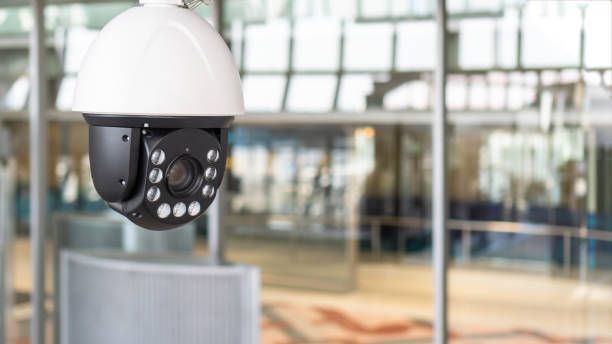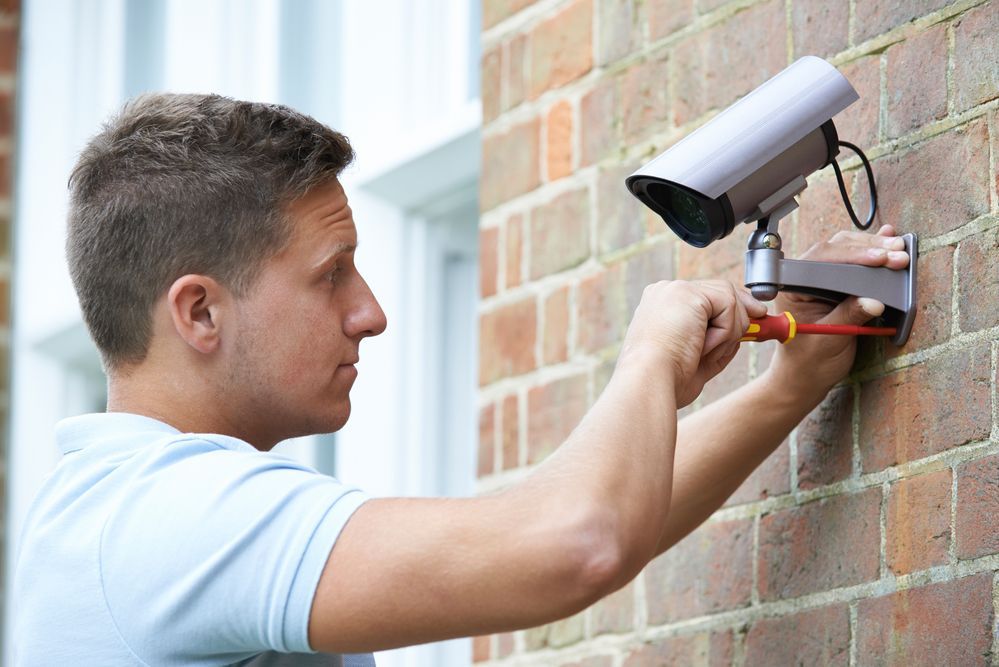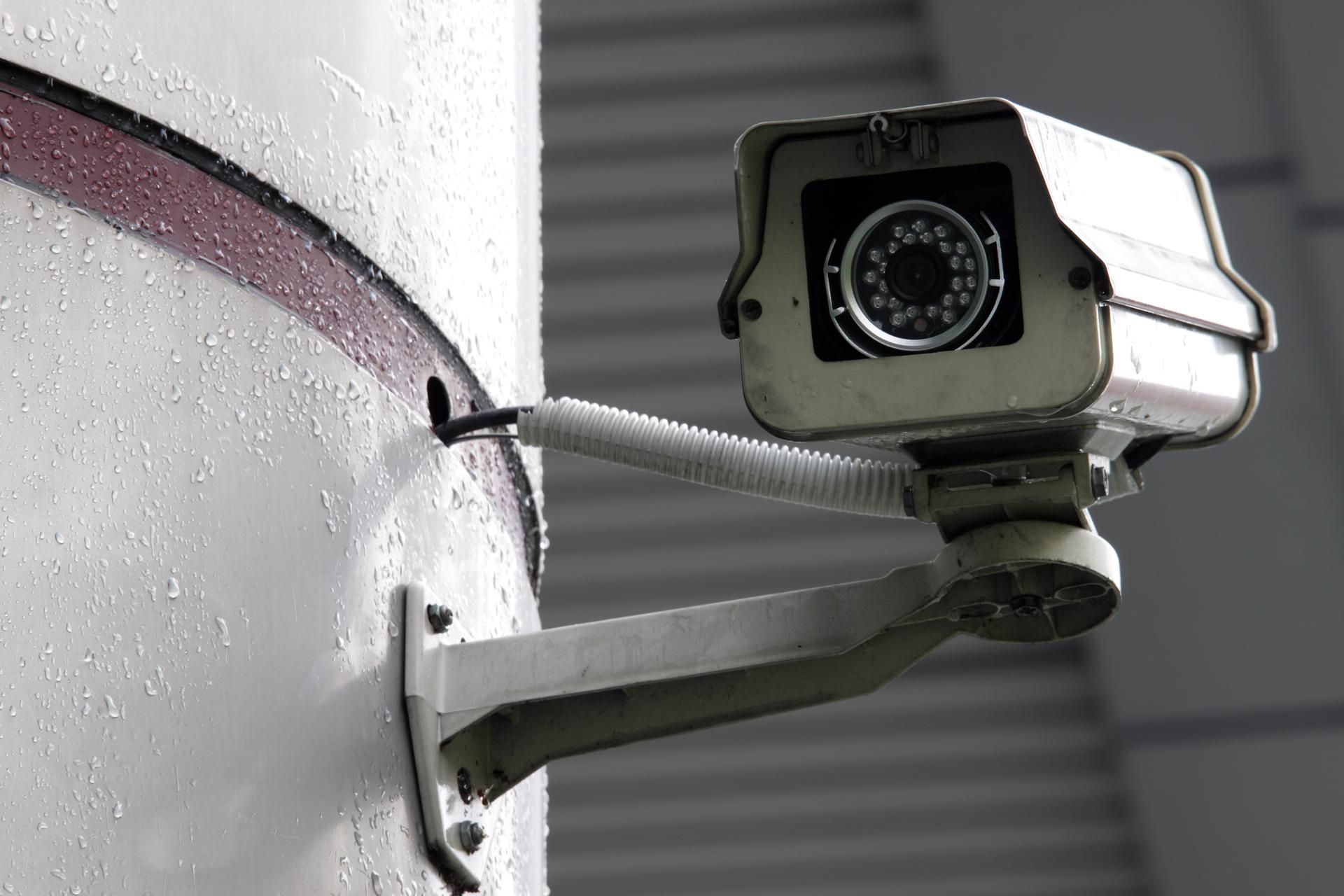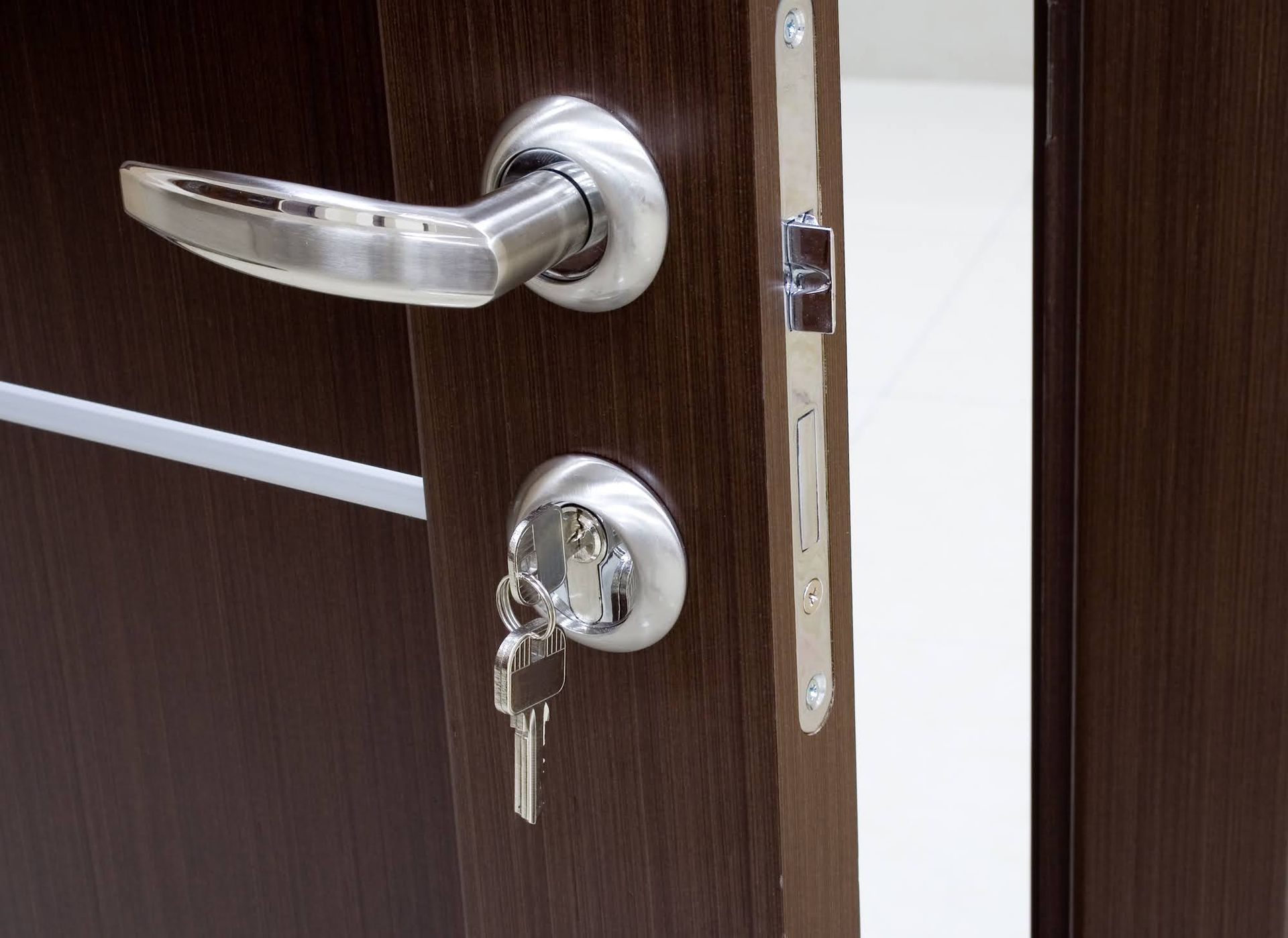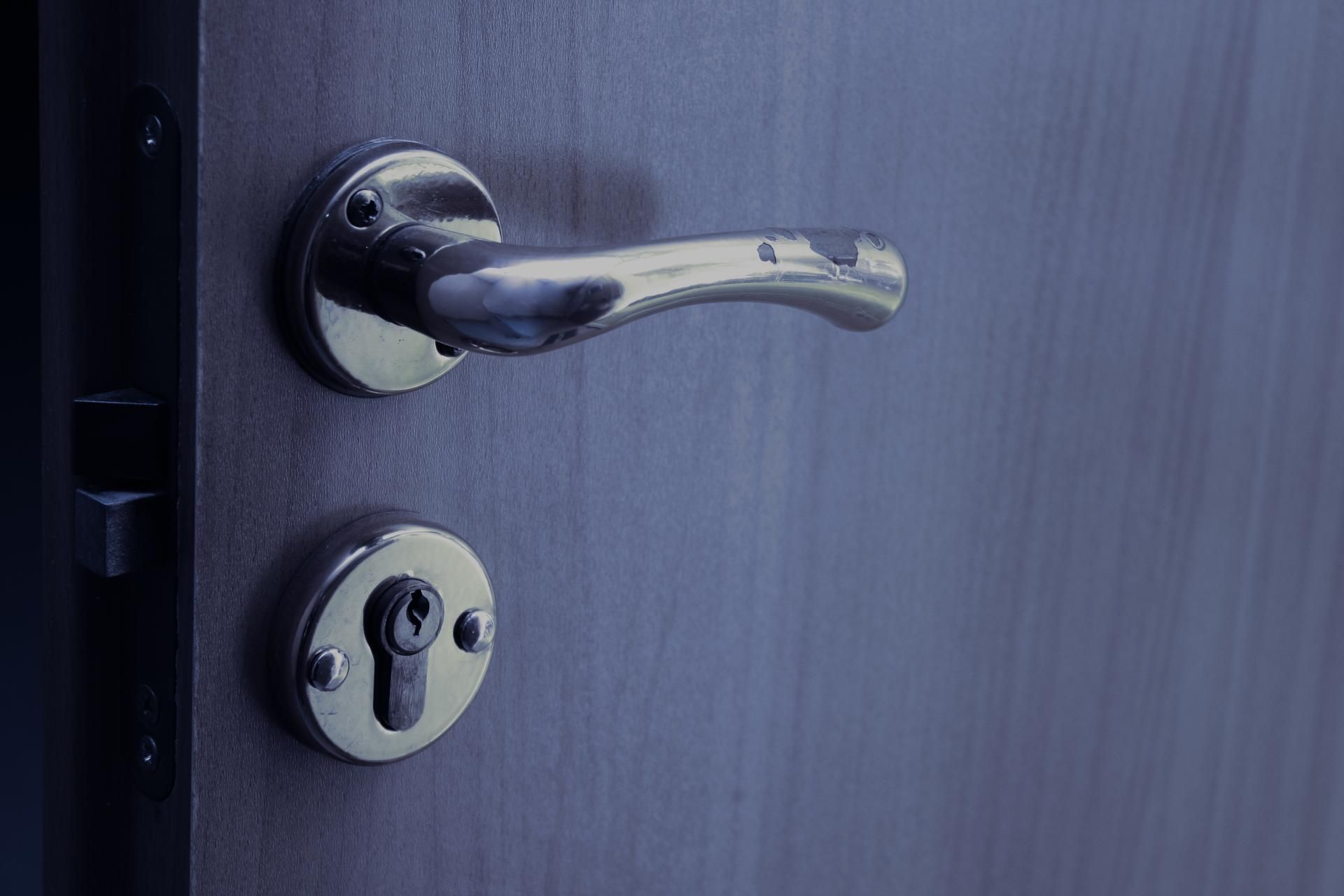4 Signs Someone Has Tampered With Your Locks

Have you ever left your door secured and come back only to find suspicious signs that might be a break-in attempt? If you do suspect that a break-in attempt happened, look at these four signs to determine if your suspicions are true.
1. Bent, Warped, or Flaked Lock
A burglar or intruder can use brute force to try and get into your house or business premises. An intruder who uses brute force will try to kick open your door, drill through your lock, pry open your door frame, or bash your lock in.
Because this method of breaking and entering is messy, it will leave visible damage on your door and locks. Therefore, you will likely see bent metal, broken wood, or other scraps of material from your door. You will also probably notice that your lock is bent or does not sit straight in its place.
Another sign of visible damage due to brute force is paint circles on the keyhole. If the intruder concentrates force on the keyhole or lock rather than the door, the lock will show more damage. The paint circles occur when the intruder loosens and retightens the lock fixture.
2. Scratch Marks
You might notice some subtle signs of wear and tear on your lock if it is old, like small scratches where your key enters. These signs should not concern you if they do not look fresh. However, new signs of aggressive scratch marks often indicate that someone tried to pick your lock.
Since lock picking requires some play with your lock to trick it open, an intruder might use metallic tools like a dental pick or a screwdriver. These tools are abrasive against your lock and will scratch away at the surface because they are not the right key to open your lock.
3. Nicks or Shiny Edges Around the Keyhole
Intruders can also use a technique called bumping. Locksmiths used this technique to force open a lock if a home or business owner lost the key. Bumping involves a key created with a file that wears down a key on critical points. They then insert this key, bump it with an object, and forcefully withdraw it. Each bump can unsettle the tumblers inside and open the door. Bumping creates nicks on the keyhole since the intruder uses force to bump the keyhole.
Just as with nicks, shiny edges appear when an intruder bumps the keyhole. If they are careful not to use significant force, they might avoid nicks on the keyhole. However, since this technique tampers with the lock, it will still leave evidence. The evidence will look like shiny edges that develop due to the fake key in the process.
4. Dysfunctional Lock
All the signs above are visual, so you might notice them immediately if you inspect your door and lock more carefully. However, one of the more unnoticeable signs is if your key takes too long to open, requires more force, or does not turn as easily.
If you notice that your key takes too much time to open than it did when you left the house, this might be a subtle sign that a break-in attempt occurred. Since lock tampering affects the pin tumblers in the lock, this can make it difficult for the right key to fit in after interference.
If you notice these break-in signs, investigate your house to determine what might be missing and call the police to file a report. The next action to take is to immediately call a locksmith who can change the locks on your doors and windows. Contact us at Dixie Safe & Lock Service for modern locks that can improve the security of your home.



